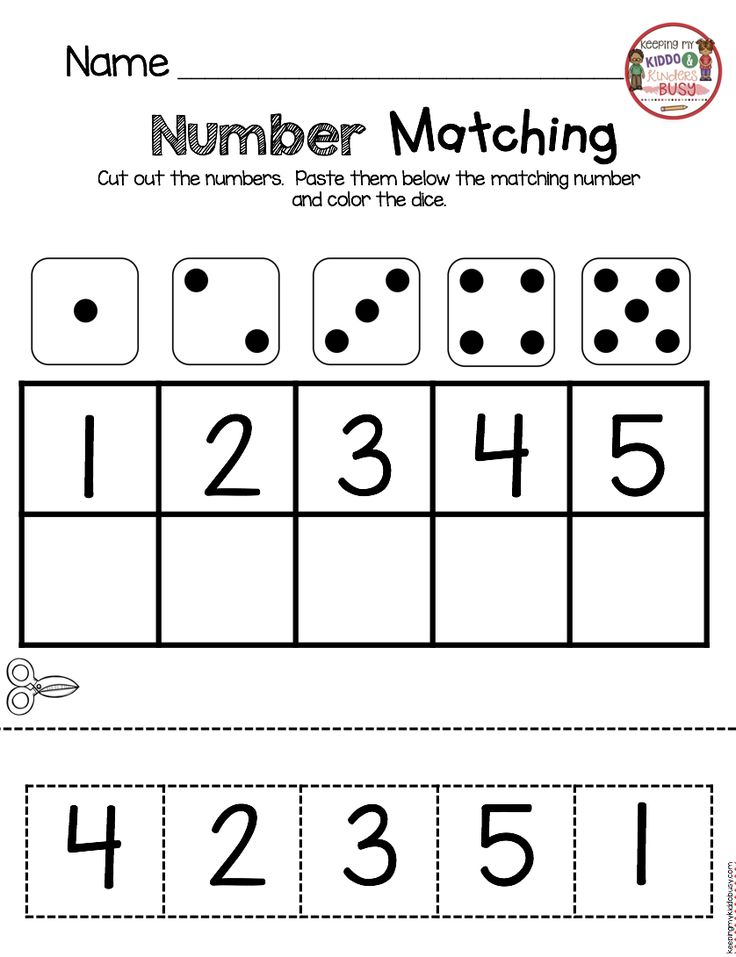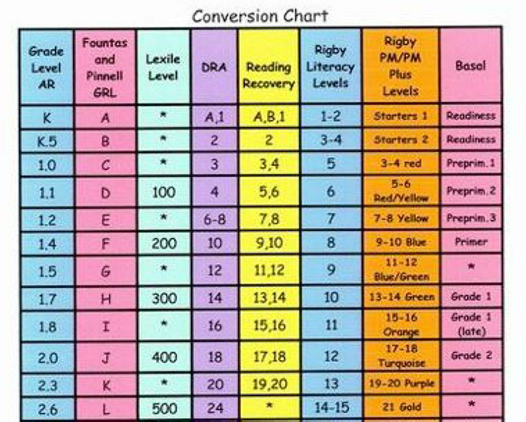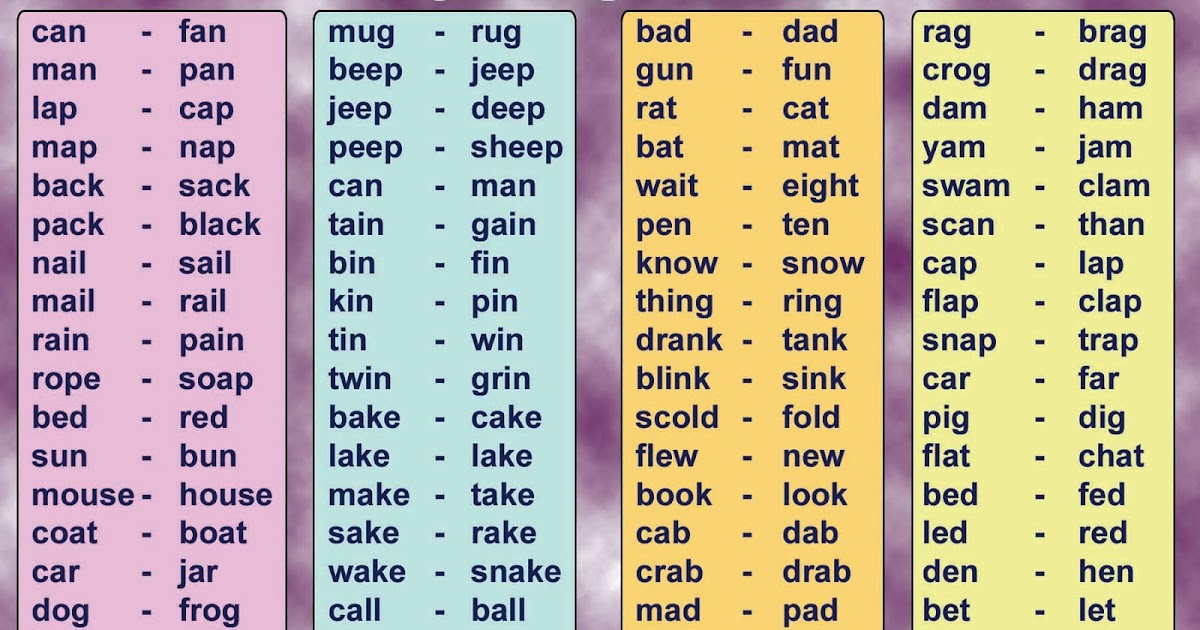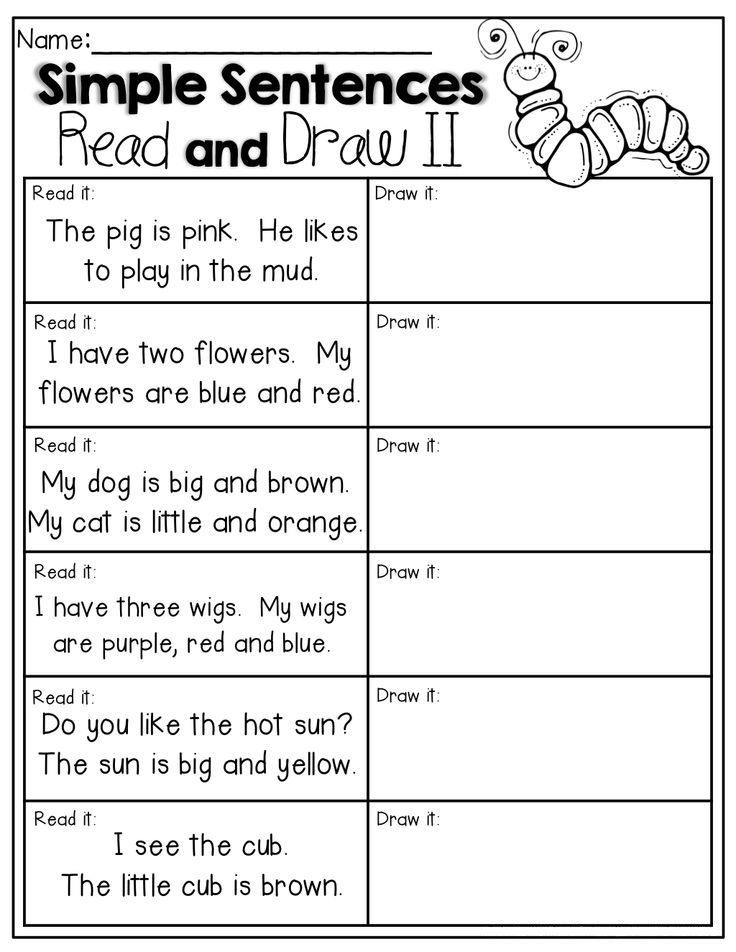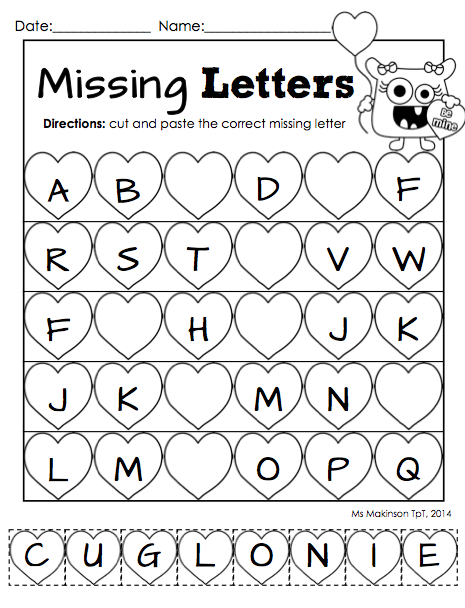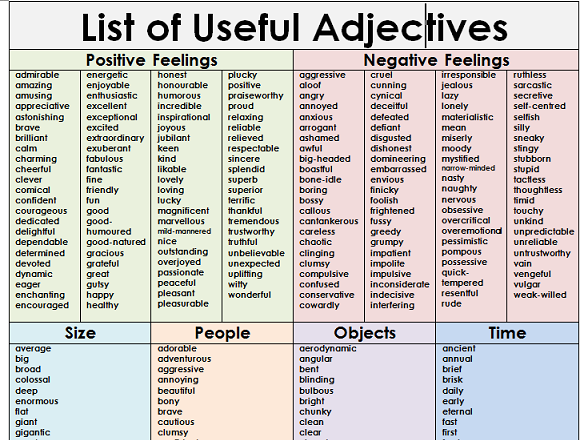Emergent literacy skill
Emergent Literacy
American Speech-Language-Hearing Association (ASHA), 2006
Emergent Literacy: Early Reading and Writing Development
Froma P. Roth, PhD, CCC-SLP
Diane R. Paul, PhD, CCC-SLP
Ann-Mari Pierotti, MA, CCC-SLP
Children start to learn language from the day they are born. As they grow and develop, their speech and language skills become increasingly more complex. They learn to understand and use language to express their ideas, thoughts, and feelings, and to communicate with others. During early speech and language development, children learn skills that are important to the development of literacy (reading and writing). This stage, known as emergent literacy, begins at birth and continues through the preschool years. Children see and interact with print (e.g., books, magazines, grocery lists) in everyday situations (e.g., home, in preschool, and at daycare) well before they start elementary school. Parents can see their child's growing appreciation and enjoyment of print as he or she begins to recognize words that rhyme, scribble with crayons, point out logos and street signs, and name some letters of the alphabet.
Gradually, children combine what they know about speaking and listening with what they know about print and become ready to learn to read and write.
Are Spoken Language and Literacy Connected?
Yes. The experiences with talking and listening gained during the preschool period prepare children to learn to read and write during the early elementary school years. This means that children who enter school with weaker verbal abilities are much more likely to experience difficulties learning literacy skills than those who do not. One spoken language skill that is strongly connected to early reading and writing is phonological awareness-the recognition that words are made up of separate speech sounds, for example, that the word dog is composed of three sounds: d, aw, g. There are a variety of oral language activities that show children's natural development of phonological awareness, including rhyming (e.g., "cat-hat") and alliteration (e.g., "big bears bounce on beds"), and isolating sounds ("Mom, f is the first sound in the word fish").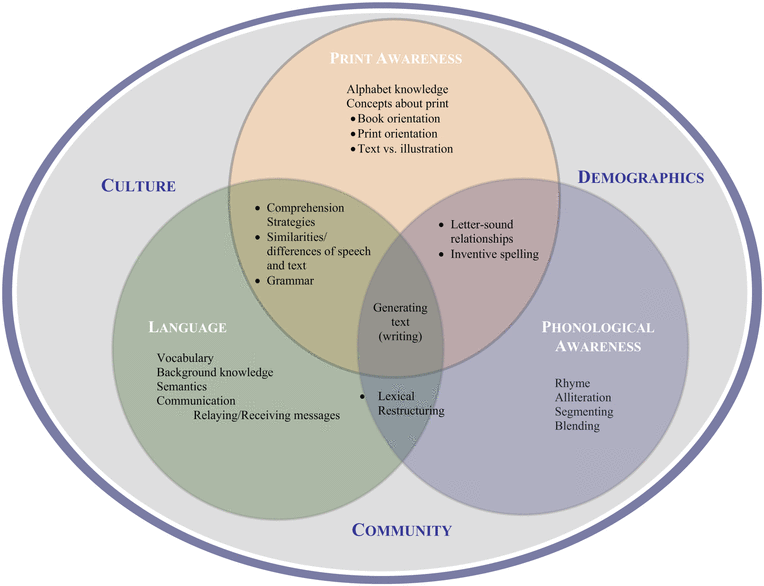 As children playfully engage in sound play, they eventually learn to segment words into their separate sounds, and "map" sounds onto printed letters, which allows them to begin to learn to read and write. Children who perform well on sound awareness tasks become successful readers and writers, while children who struggle with such tasks often do not.
As children playfully engage in sound play, they eventually learn to segment words into their separate sounds, and "map" sounds onto printed letters, which allows them to begin to learn to read and write. Children who perform well on sound awareness tasks become successful readers and writers, while children who struggle with such tasks often do not.
Who Is at Risk?
There are some early signs that may place a child at risk for the acquisition of literacy skills. Preschool children with speech and language disorders often experience problems learning to read and write when they enter school. Other factors include physical or medical conditions (e.g., preterm birth requiring placement in a neonatal intensive care unit, chronic ear infections, fetal alcohol syndrome, cerebral palsy), developmental disorders (e.g., intellectual disabilities, autism spectrum), poverty, home literacy environment, and family history of language or literacy disabilities.
Early Warning Signs
Signs that may indicate later reading and writing and learning problems include persistent baby talk, absence of interest in or appreciation for nursery rhymes or shared book reading, difficulty understanding simple directions, difficulty learning (or remembering) names of letters, failure to recognize or identify letters in the child's own name.
Role of the Speech-Language Pathologist
Speech-language pathologists (SLPs) have a key role in promoting the emergent literacy skills of all children, and especially those with known or suspected literacy-related learning difficulties. The SLP may help to prevent such problems, identify children at risk for reading and writing difficulties, and provide intervention to remediate literacy-related difficulties. Prevention efforts involve working in collaboration with families, caregivers, and teachers to ensure that young children have high quality and ample opportunities to participate in emergent literacy activities both at home and in daycare and preschool environments. SLPs also help older children or those with developmental delays who have missed such opportunities. Children who have difficulty grasping emergent literacy games and activities may be referred for further assessment so that intervention can begin as early as possible to foster growth in needed areas and increase the likelihood of successful learning and academic achievement.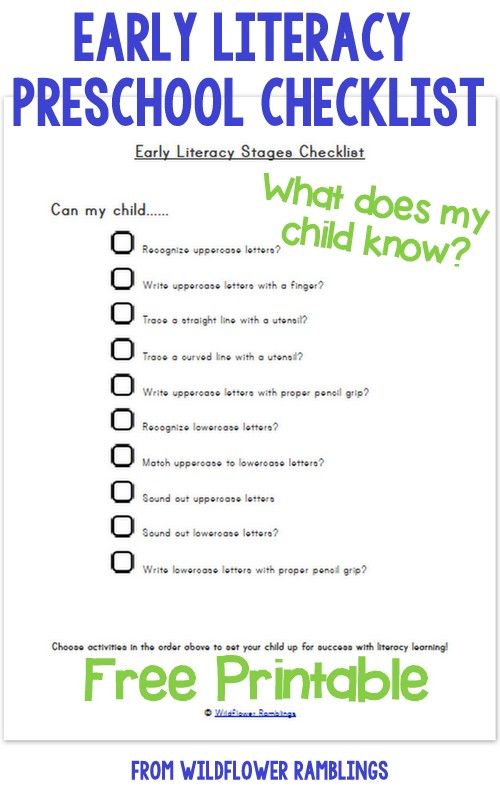
Early Intervention Is Critical
Emergent literacy instruction is most beneficial when it begins early in the preschool period because these difficulties are persistent and often affect children's further language and literacy learning throughout the school years. Promoting literacy development, however, is not confined to young children. Older children, particularly those with speech and language impairments, may be functioning in the emergent literacy stage and require intervention aimed at establishing and strengthening these skills that are essential to learning to read and write.
What Parents Can Do
You can help your child develop literacy skills during regular activities without adding extra time to your day. There also are things you can do during planned play and reading times. Show your children that reading and writing are a part of everyday life and can be fun and enjoyable. Activities for preschool children include the following:
- Talk to your child and name objects, people, and events in the everyday environment.

- Repeat your child's strings of sounds (e.g., "dadadada, bababa") and add to them.
- Talk to your child during daily routine activities such as bath or mealtime and respond to his or her questions.
- Draw your child's attention to print in everyday settings such as traffic signs, store logos, and food containers.
- Introduce new vocabulary words during holidays and special activities such as outings to the zoo, the park, and so on.
- Engage your child in singing, rhyming games, and nursery rhymes.
- Read picture and story books that focus on sounds, rhymes, and alliteration (words that start with the same sound, as found in Dr. Seuss books).
- Reread your child's favorite book(s).
- Focus your child's attention on books by pointing to words and pictures as you read.
- Provide a variety of materials to encourage drawing and scribbling (e.g., crayons, paper, markers, finger paints).
- Encourage your child to describe or tell a story about his/her drawing and write down the words.

If you have concerns about your child's speech and language development or emergent literacy skills, please contact a certified speech-language pathologist. Go to ASHA's Web site at www.asha.org for more information and referrals, or call 800-638-8255.
What It Is And Why It’s Important
What Is Emergent Literacy?
Emergent literacy is the stage during which children learn the crucial skills that lead to writing and reading.
Literacy builds on the foundations of language to include the advanced ways in which we use language to communicate — primarily through reading, writing, listening, watching, and speaking with one another.
Components Of Emergent Literacy
Emergent literacy is made up of several different parts. Your child will encounter these essential components as they begin to explore reading. They include:
- An interest and enjoyment in print — handling books and relating them to their stories or information.
- Print awareness: how to handle a book, reading from left to right.
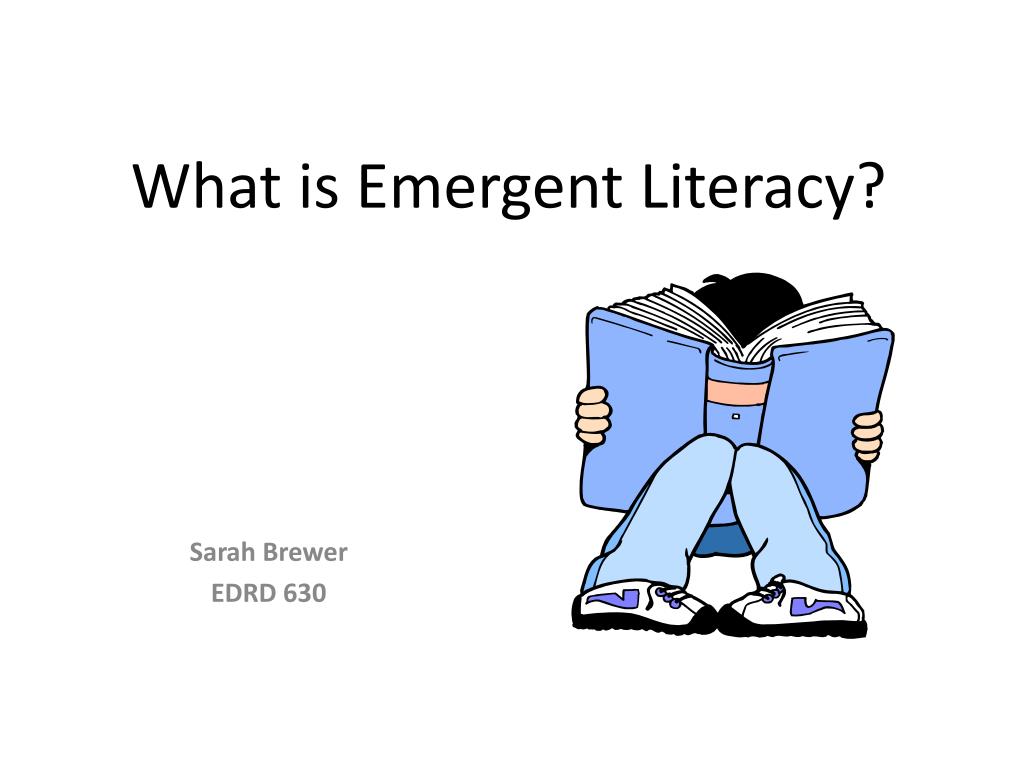 Your child recognizes pictures and some symbols, signs, or words.
Your child recognizes pictures and some symbols, signs, or words. - An interest in telling and listening to stories. They attend to, repeat, and use some rhymes, phrases, or refrains from stories or songs.
- They make marks and use them to represent objects or actions. An understanding that words are made up of letters, recognizing letters when they see them.
- Your child comprehends meaning from pictures and stories.
And the list goes on! Really, emergent literacy components help your child understand the basic tools they’ll need to read all sorts of books and other materials in the future.
Why Is Emergent Literacy Important?
Almost every skill we learn in life requires some preliminary learning in order to finally achieve mastery. For example, you probably didn’t wake up one day knowing how to make pancakes (although if you did, we would love to learn your secrets!).
Instead, you first had to learn what ingredients you needed, how much to measure each item, how long to cook the batter, and so on.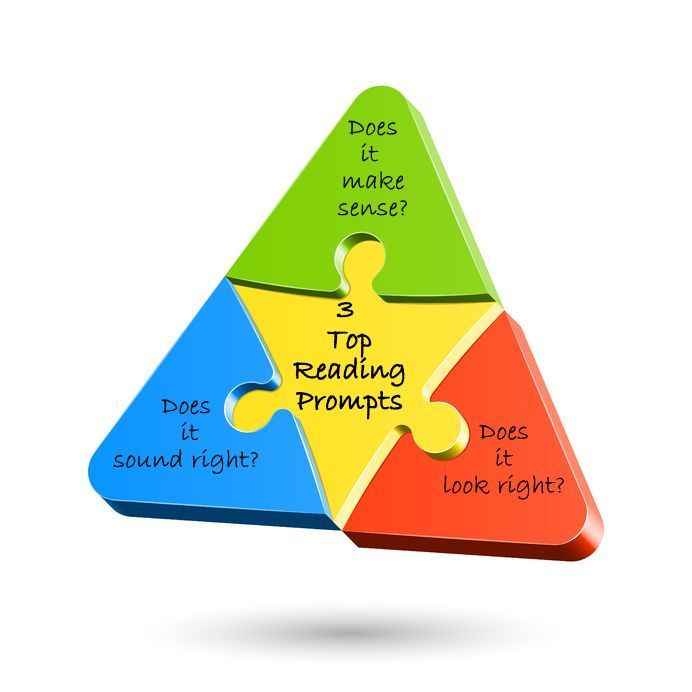
Reading and writing require these same preparatory steps, also known as emergent literacy.
Emergent literacy preps your child’s brain with the skills they’ll need to learn how to read. And while this may sound complex, many emergent literacy skills develop naturally!
When your child points at something and you follow their direction or when you call their attention to noises, objects, or people in their surroundings by speaking to them, you’re helping your child develop emergent literacy skills.
You’re helping them acquire the same tools they’ll incorporate into their future learning, from reading their very first storybook to writing a master’s thesis.
Supporting Your Child’s Emergent Literacy Skills
Here are some fun and easy ways you can stimulate your child’s emergent literacy skills at home.
Read Aloud
Reading aloud is the most effective way for a child to learn to love books and the power of stories. Loving to read begins with loving to listen to stories!
Our team at HOMER believes that investing in read-aloud sessions with your child substantially improves many of the skills they need on their lifelong reading journey.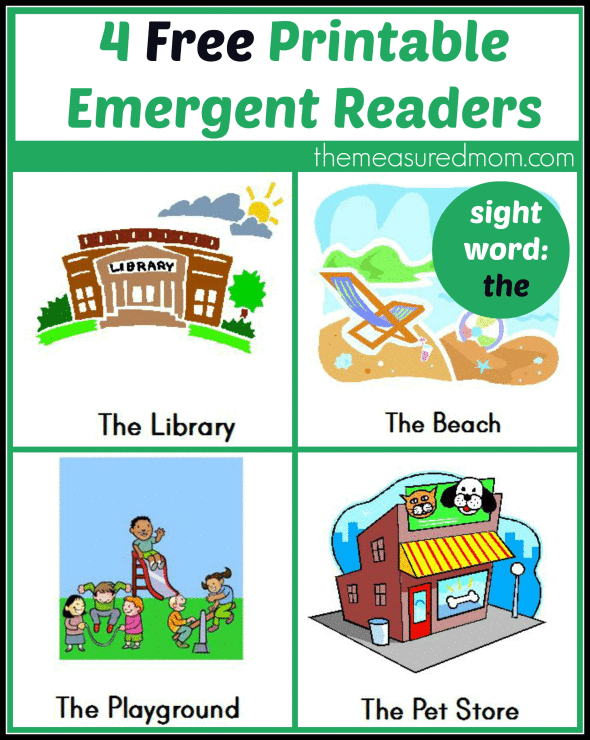
For emergent readers, there are few things more wonderful (or effective) than sitting down with mom or dad and uncovering the worlds that live between the covers of a book.
With you as their guide, your child will grow more confident and reassured as they gradually learn about the things they love (like how many different types of dogs exist or how the sky makes rainbows).
Reading aloud to your child also helps strengthen their imagination and build their curiosity. While listening to you recount the wonderful world inside of a story, your child’s mind will be actively running through images, scenarios, and all the colorful possibilities that lie beyond the page.
Reading aloud is one of the easiest, most rewarding ways for you to bond with your child while helping them learn. Consider that by reading aloud to them and encouraging their participation, you are empowering them as learners.
Additionally, you will reap the benefits of understanding their interests more deeply, engaging with their budding imagination, and instilling confidence in their learning process.
Let Your Child Take Charge
As your child grows, their sense of independence and autonomy continues to develop. While we know these early years are precious, we also know you’re hopeful your child will grow into a strong, independent learner who reads well and frequently.
Allowing your child to assert their unique personality and independence every now and then can be beneficial in engaging their emergent literacy skills.
These moments may seem small at first, but even the simplest freedoms in your child’s routine can have huge impacts on their individualism! It’s all about allowing your child to exert a certain amount of control over their reading time.
For example, instead of you turning the pages during your reading time together, allow your child to dictate when the pages should be turned. This may take some getting used to for them as they learn the pace of reading aloud in conjunction with the words they see printed.
You can also let them experiment with narrating! Even if your child cannot read yet (we know they’re called emergent readers for a reason!), allowing them to use their toddler-talk through the story shows them that they will read one day not far away.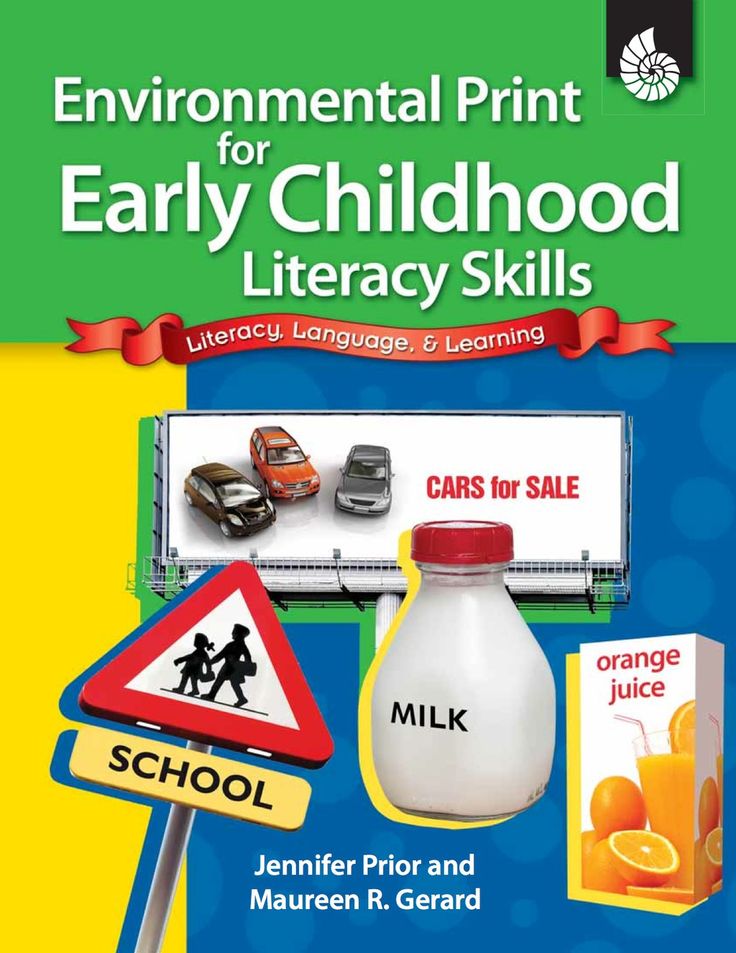
Finally, letting your child pick out the book you’ll read together is a great way to engage their sense of independence. It gives them something to look forward to while reading with you and also gives you insight into their interests.
If you find your child keeps reaching for the same book multiple times, don’t worry — rereading is highly beneficial, too!
Take Your Time
Don’t be afraid to slow it down for your child while you’re reading together, or even just in your daily speech.
We know we’re all guilty of it. For so long, our babies aren’t sure how to “properly” talk back yet, so there may be the occasional time when we find ourselves mumbling to our baby without really engaging them, or simply saying nothing at all!
Taking time to be more conscientious of the ways in which you talk to your child, especially in their very young years, can help them gain the skills they’ll need to read, speak, and write.
Especially when reading together, there’s no need to rush! We recommend taking your sweet time.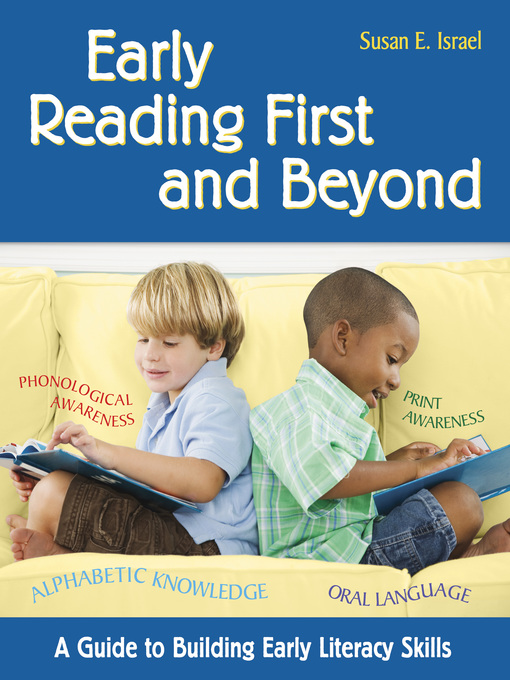 Even if it’s just with one page of a book at a time, slow down and ensure your child is engaged.
Even if it’s just with one page of a book at a time, slow down and ensure your child is engaged.
Consider these questions:
- Does your child recognize every animal on a page?
- Do they know what color this character’s hair is or whose hair it resembles in your family?
- Do they know what sound a truck makes?
- When you say the word “surprise,” does your child react in a way that conveys understanding (throwing their hands up in exclamation or even clapping)?
Addressing these questions can help you and your child slow down and take in all the details that are in a story.
Keep The Conversation Going
If you like the idea of our last emergent literacy strategy, this one pairs perfectly with it!
We know half of the adventure in helping your child learn to read is figuring out what gaps in their understanding still need to be filled. The other part of the journey is keeping them engaged and interested and seeing how far your conversations with one another can go!
As your child expands their vocabulary and begins utilizing it, we encourage you to elaborate on the things they may point out to you.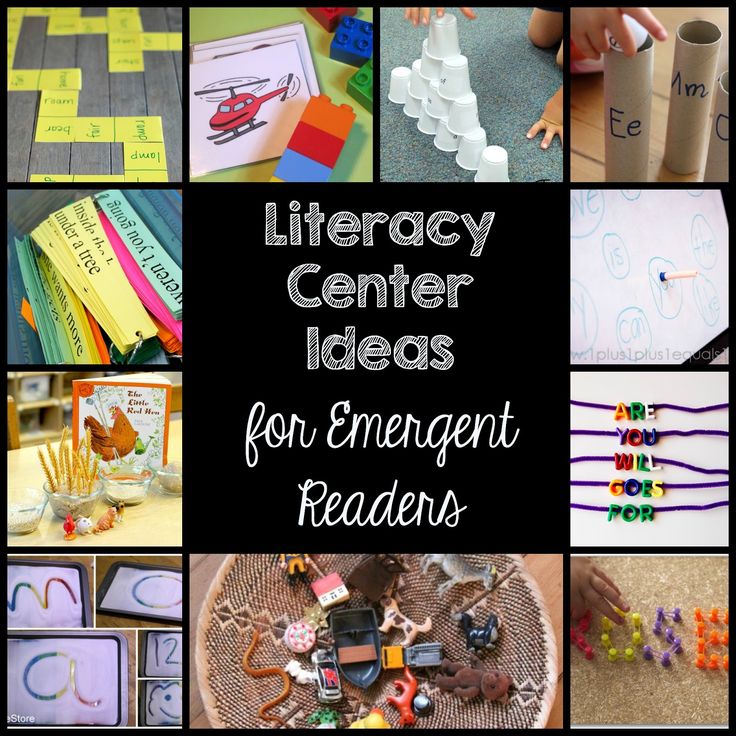 For example, if you’re walking together and they see a dog, they may point at it and say, “puppy!”
For example, if you’re walking together and they see a dog, they may point at it and say, “puppy!”
In any scenario like this, following up their observation with a cheer is great. Following up with more questions is even better! After affirming they saw the right thing (or correcting them if they mistakenly called it a kitty, for example), ask them about details and descriptions.
You could say, “Does this puppy have long ears? Yes, he does! Feel how soft his ears are. Isn’t his fur shiny, brown, and so soft? What a cute puppy.”
Injecting these details and descriptions into your conversations might feel silly, but it helps your child immensely!
By expanding on the image they identified, you’re directly contributing to their understanding of the scene in front of them. The next time they see a puppy in a park, they may take your lead and say, “Look! A big puppy!”
This progress shows that your child’s emergent literacy is growing!
Let Your Child “Write”
Emergent literacy incorporates writing as well as reading.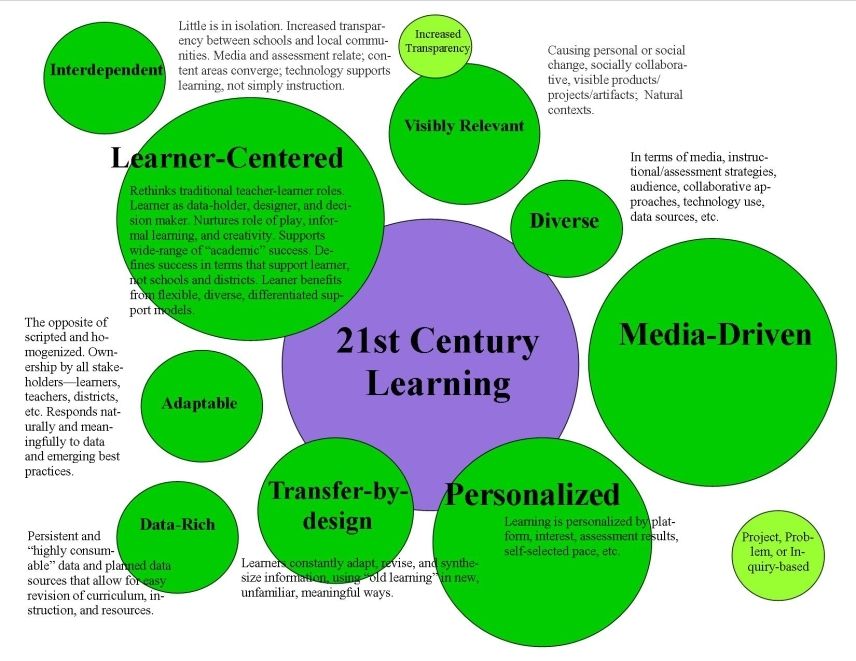 This may sound a little crazy — how can your child write if they don’t know how to read yet?
This may sound a little crazy — how can your child write if they don’t know how to read yet?
While your child may not be able to correctly write out words, we certainly encourage you to let them try! Even if it’s just scribbling, allowing your child to practice “writing” gets their brain going in the right direction.
It also prepares them for what writing is really like and shows them that they have the power to put words on paper. There are stages of learning how to write, and scribbling is the first step!
Asking for your child’s help with writing out short tasks can boost their confidence and their excitement about learning to write. Good options include grocery lists, birthday cards, get-well-soon cards, thank you notes, or notes for their siblings and family.
Whatever keeps them excited and engaged is a great vehicle for motivating their writing skills!
Emergent Literacy Is Just The Beginning!
We know that emergent literacy is only the start of your child’s reading and writing journey.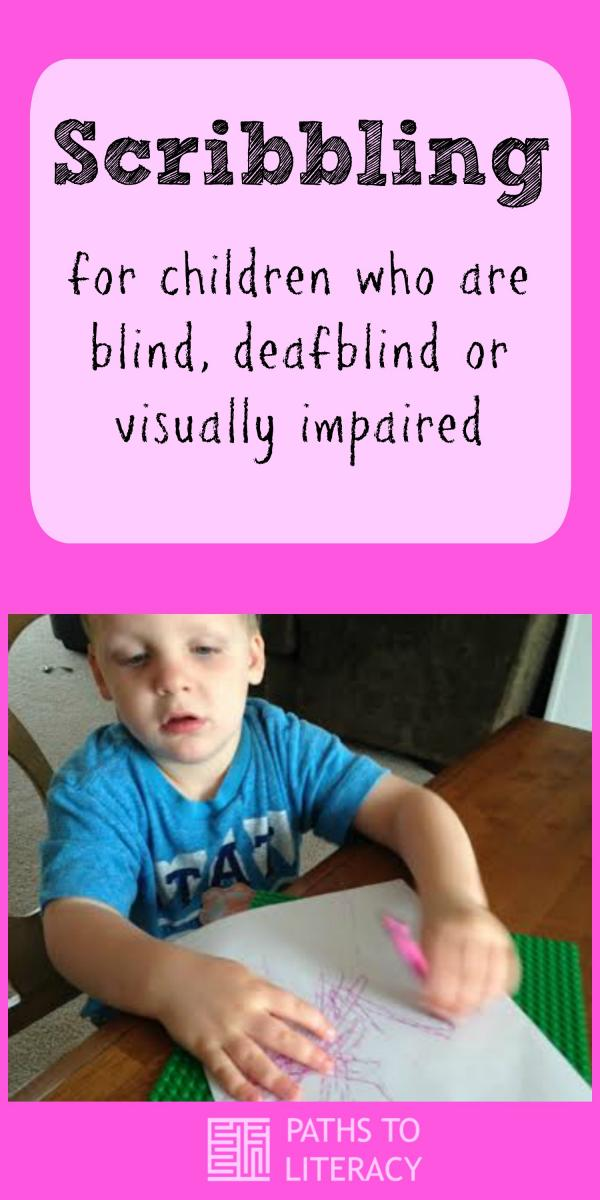
While you and your child are probably thrilled at the idea of their eventual independence and confidence when it comes to handling books, it’s going to take some time. And that’s perfectly OK!
Every child is different and will learn how to read and write in their own time. The important part is enjoying the adventures you have together on the way there!
We hope our emergent literacy tips were helpful! If you ever want to change up your routine and explore new ways to touch on these skills, our Learn & Grow app is a great place to start! The personalized practices will give your child the tools they need for their learning journey.
Author
Literacy development among high school students: top 50 best books
Content
- To help teens develop literacy, empower them to…
- Teach your teen to read
- Tips for parents for home
- School literacy development
- List of recommended books for grades 9-11
For most young people, high school is a transitional stage, a journey from asserting one's position among peers to realizing one's place in the world. High school students need to achieve a high level of literacy in order to cope with the challenges that will face them in the near future when going to college, getting a job, starting a family.
High school students need to achieve a high level of literacy in order to cope with the challenges that will face them in the near future when going to college, getting a job, starting a family.
In grades 9-11, teenagers find meaningful parallels between the books they read and their own lives. They also discover the need to write for more than just school assignments: writing resumes, preparing papers for college, writing a diary. Modern technologies provide unparalleled opportunities to connect with other people and search for information.
To help adolescents develop literacy, give them the right to…
Choices
Teenagers read and write with great desire when they have a choice. They like to choose books for independent reading or a topic for research and decide how and where to share their thoughts on paper. Many high school students begin to read "adult" books.
Voices
They seek public expression and demand that their voice be heard and respected.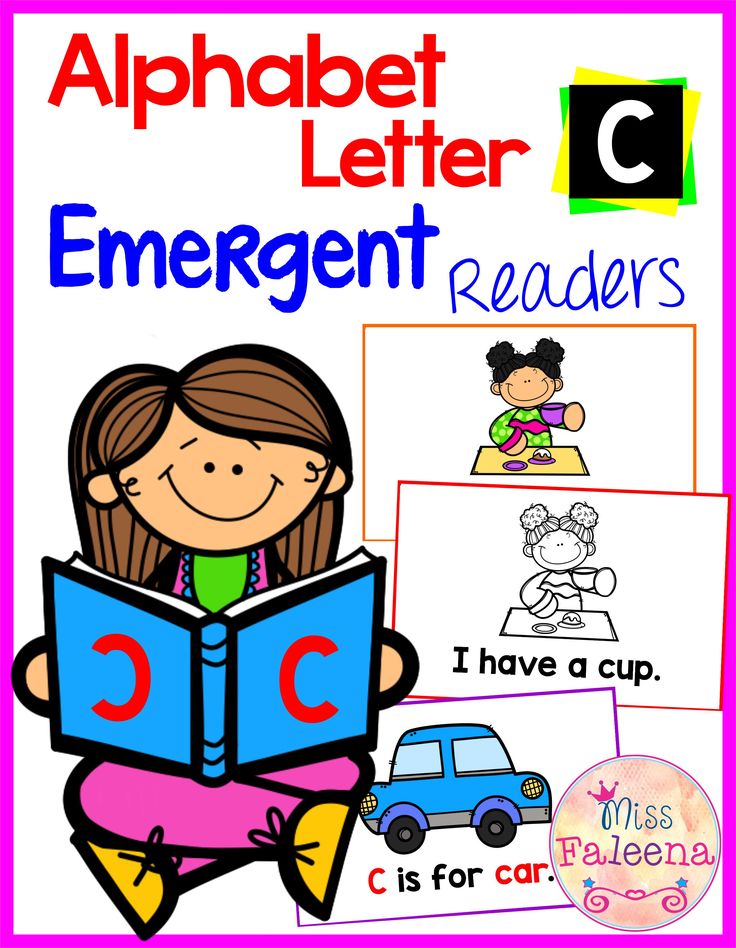 They find different ways of expressing themselves: from dialogue to the publication of their written work.
They find different ways of expressing themselves: from dialogue to the publication of their written work.
Communication
The most valuable experience for high school students is communication with peers, the opportunity to listen to someone else's point of view and exchange thoughts with each other.
Self-confidence
Adolescents experience self-esteem and self-confidence when their level of literacy allows them to become useful members of society.
Teach your teenager to read
How to get your child to read:
- Offer him books of different genres.
- Teenagers may prefer information publications, magazines, newspapers, comics to works of art.
- Accept that everyone reads differently. Restless teenagers can leaf through a magazine, skim captions under photographs, look at illustrations, and sometimes read an article to the end. This type of reading is pleasurable and often arouses the desire to go further.
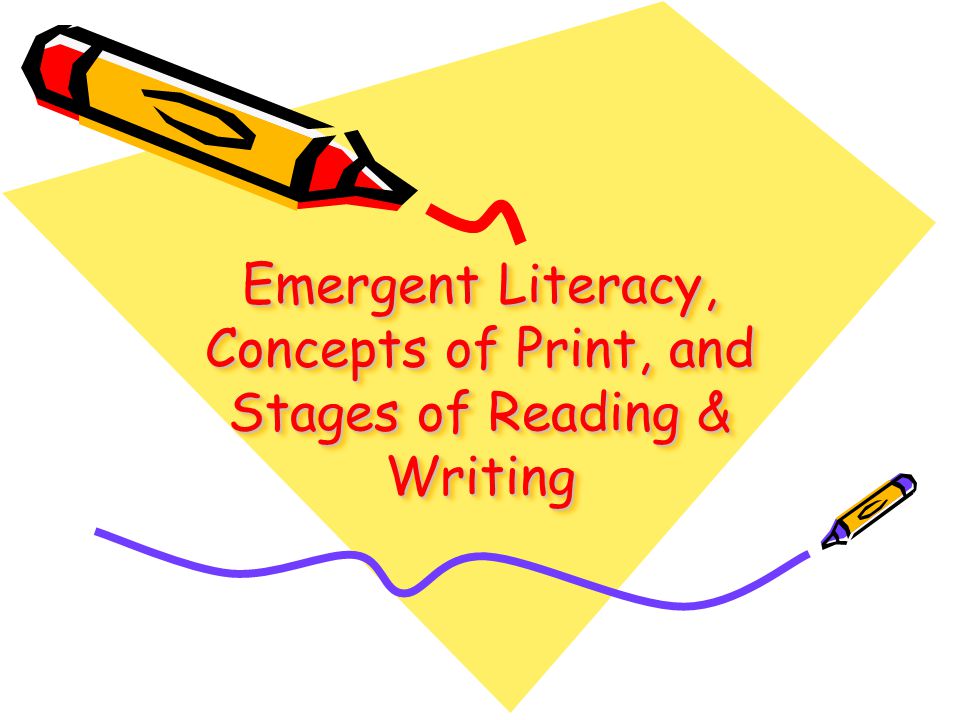
- Talk to him about what he is reading. Give him the opportunity to share new ideas and thoughts.
- Offer him a book that has been filmed. Ask how it differs from the screen version.
- Ask the librarian to select the most popular works. Teenagers often show interest in books recommended by friends.
- Offer him books on topics that interest him. Many young people prefer works that resonate with their lives. They like to read with a purpose, not just for fun.
- Help him set reading goals and achieve them. Teenagers take pride in their success when they achieve their short-term goals.
Advice for parents at home
Speaking and listening
- Ask questions about what your teen is reading, listening to, or studying. Listen carefully to his answers.
- Discuss homework.
- Tell family stories.
- Draw the children's attention to interesting newspaper stories and talk about them.
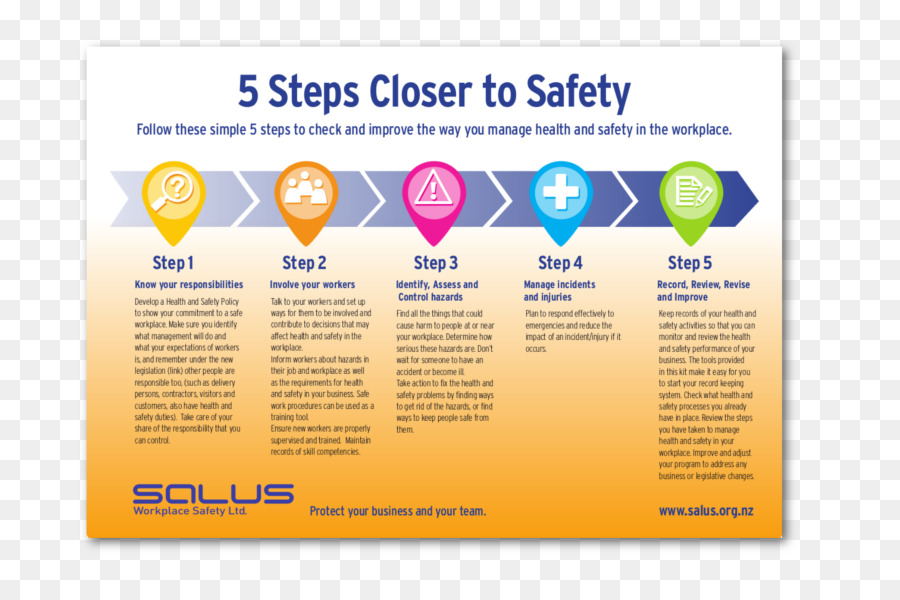
- Watch TV shows together and share your impressions.
Reading
- Have your teen read to younger siblings and teach them how to use the Internet to gather information.
- Help him find answers to emerging questions, both educational and personal.
- Make space and time for reading, writing, and doing homework.
- To learn more about school, ask your teen, read school newsletters, attend parenting events, and teacher meetings.
- Make sure that all family members are registered in the library, and try to go to books with your child more often.
- Read the same books over and over and discuss them as equals, not condescendingly.
- Encourage your teenager to ask you questions about unfamiliar words found in the text, and patiently explain the meaning of these words in intelligible language.
Letter
- Encourage your child to keep a diary to record their own thoughts and feelings.
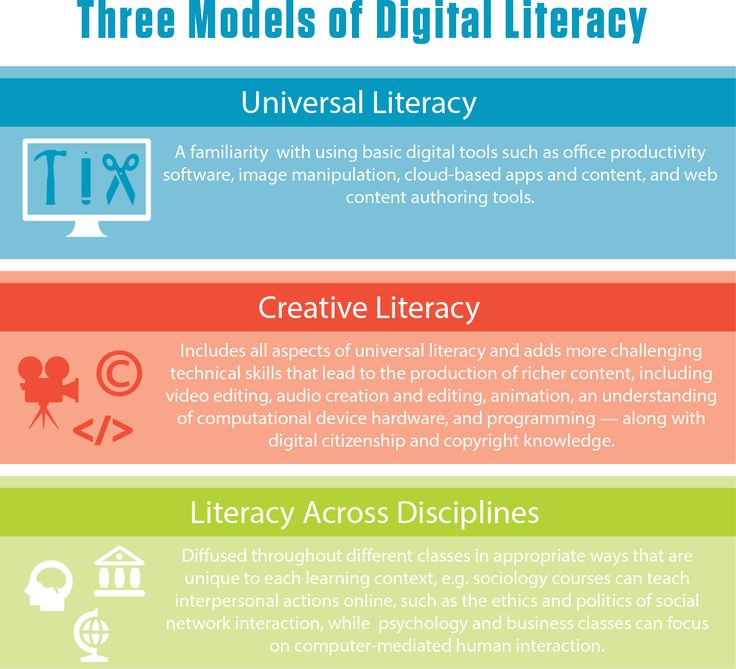 Respect the privacy of this notebook.
Respect the privacy of this notebook. - Exchange notes with him to share thoughts, doubts and feelings.
- Provide him with everything necessary for writing (computer, paper, pens and reference materials: dictionaries, thesauri and collections of quotations).
- Encourage your child to write: take part in essay competitions, send notes or letters to local newspapers.
Literacy in school
Speaking and listening
- They ask questions, repeating what they heard and expressing a different opinion.
- They make oral reports on all subjects, confirming their point of view with facts and examples.
- Listen carefully to your classmates.
- Discuss ideas with them.
- Practiced in various types of oral speech: from a casual argument to a speech.
Reading
- Read poetry, fiction and non-fiction.
- Reading to develop new ideas and ways of thinking.

- Explore areas related to their own lives, aptitudes and academic interests.
- Discuss read works in book clubs, literary circles and other events.
- In all lessons, reading is aimed at mastering the material.
- Read works are analyzed to establish their completeness, accuracy and impartiality.
- Already from the ninth grade, they get acquainted with various professions in order to determine areas of activity in accordance with their inclinations, interests and aspirations.
- Find information in tables, graphs and charts.
- They draw their own conclusions based on the text they read.
Letter
- Write in all classes.
- Collaborate and edit written content.
- They try themselves in different genres: write poems, stories, essays, letters, diary entries, plays and research papers.
- They work on the text, reworking and editing the original version to improve the language and style.
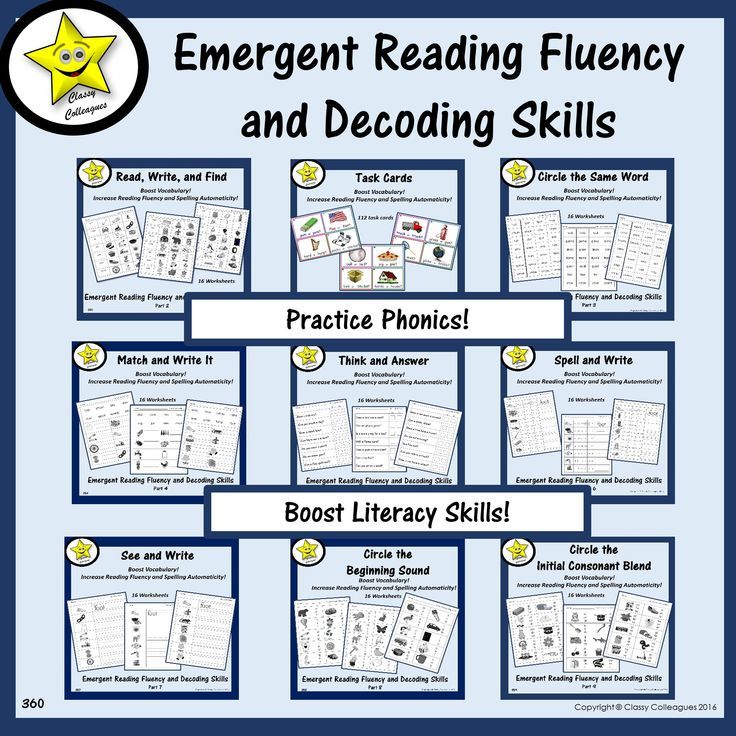
- Exhibit or present their written work for viewing.
- Bring their opinions on important issues to different audiences, for example, tell their own stories, write letters to newspapers.
Read also: What is literacy and how to develop it: 35 tips for parents.
List of books recommended for children of this age. Ask your librarian or teacher to suggest other interesting books for you.
These and other books can be obtained:
- in the school library;
- at the nearest public library.
Grade 9
| Books | How to use | Gender orientation |
| All Quiet on the Western Front | Self-reading | Predominantly boys |
| Notre Dame Cathedral | Parallel reading | For all |
| "Stories" | Self-reading | For all |
| The Divine Comedy | Parallel reading | For all |
| Bezhin Meadow | Self-reading | Predominantly girls |
| "Voice" | Self-reading | Predominantly girls |
| For Whom the Bell Tolls | Parallel reading | For all |
| "The village of Stepanchikovo and its inhabitants" | Parallel reading | For all |
| "Extremely loud and extremely close" | Parallel reading (assisted by adults) | Predominantly boys |
| "My Brilliant Friend" | Parallel reading (assisted by adults) | Predominantly girls |
| Pi Day | Self-reading | For all |
| The Cunning Hidalgo Don Quixote | Parallel reading | For all |
| Faust | Parallel reading | Predominantly boys |
| Tartuffe or the Deceiver | Parallel reading | Predominantly boys |
| "Whom to run with" | Independent reading | For all |
| Children of the Raven | Independent reading. | Predominantly boys |
| "Inspector", "Overcoat", "Dead Souls" | Parallel reading | For all |
| Egghead | Self-reading | Predominantly boys |
Grade 10
| Books | How to use | Gender orientation |
| "We" | Self-reading | Predominantly boys |
| Doctor Zhivago | Parallel reading | For all |
| Notes of a Young Doctor | Self-reading | For all |
| Hamlet | Parallel reading | For all |
| Don't Let Me Go | Self-reading | Predominantly girls |
| Martin Eden, White Silence | Self-reading | Predominantly boys |
| The Fall of the House of Usher | Parallel reading | For all |
| One Hundred Years of Solitude | Parallel reading | For all |
| The Picture of Dorian Gray | Parallel reading (assisted by adults) | Predominantly boys |
| Catcher in the Rye | Parallel reading (assisted by adults) | Predominantly girls |
| Jellyfish Report | Self-reading | For all |
| “Interlinear. | Parallel reading | For all |
| Stoner | Parallel reading | Predominantly boys |
| "The Master and Margarita", "The Life of Mr. de Molière" | Parallel reading | For all |
| His Dark Materials | Self-reading | For all |
| The Golden Pot, Little Tsakhes, The Sandman, Elixirs of Satan , The Worldly Views of Murr the Cat | Self-reading | Predominantly boys |
| Lavr | Parallel reading | For all |
| Shagreen Leather | Parallel reading | For all |
| Jane Eyre | Parallel reading | Predominantly girls |
11 class
| Books | How to use | Gender orientation |
| Frankenstein | Self-reading | Predominantly boys |
| "Idiot" | Parallel reading | For all |
| Peer Gynt | Self-reading | For all |
| The Great Gatsby | Parallel reading | For all |
| Pride and Prejudice | Self-reading | Predominantly girls |
| "Hungry city. How food defines our lives” | Self-reading | Predominantly girls |
| Three Sisters | Parallel reading | For all |
| "Invitation to execution" | Parallel reading | For all |
| Panther | Self-reading | For all |
| Pit | Parallel reading (adult assistance) | For all |
| "Pismovnik" | Self-reading | For all |
| "Last bow" | Parallel reading | For all |
| "Confession" | Parallel reading | For all |
| Boris Godunov, Mozart and Salieri, The Stone Guest, The Miserly Knight, A Feast in the Time of Plague, The Queen of Spades | Parallel reading | For all |
| Mebet | Self-reading | For all |
| Goldfinch | Self-reading | Predominantly boys |
| Intrigue and Love | Parallel reading | For all |
| King Lear, Othello, Macbeth | Parallel reading | For all |
| "Forester and his Nymph" | Self-reading | Predominantly girls |
* Parallel reading – an adult and a child read a book at the same time, each independently, then discuss what they have read.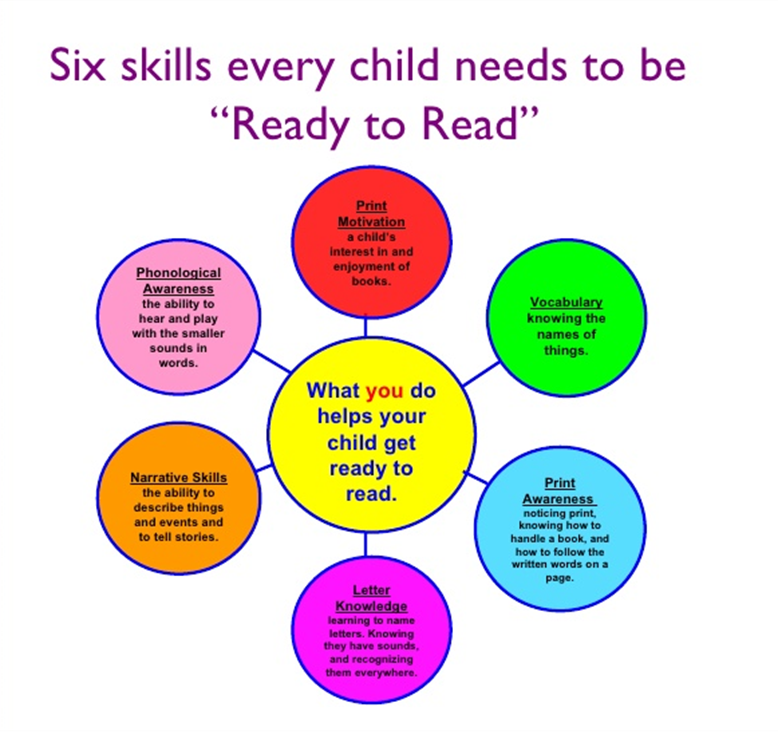
Based on a publication by New Visions For Public Schools, a nonprofit organization with support from the New York City Department of Education.
what it is and how to develop it
The modern world requires a rethinking of pedagogical approaches in teaching schoolchildren. Increasingly, thoughts are being expressed about the need to develop functional literacy in schoolchildren. Let's figure out what its value is and what tools teachers should use
What is functional literacy
The concept of functional literacy of schoolchildren appeared in the 1970s and implied a combination of reading and writing skills to solve real life problems. Over the next 40 years, functional literacy in the learning and development of schoolchildren has become more important than basic literacy. Today, a functionally literate student is an indicator of the quality of education. Academic knowledge alone is no longer enough in life. The emphasis is shifting to the ability to use the information and skills received in specific situations.
Distinctive features of a schoolchild with developed functional literacy:
- successfully solves various everyday problems;
- is able to communicate and find a way out in a variety of social situations;
- uses basic reading and writing skills to build communications;
- builds interdisciplinary connections when the same fact or phenomenon is studied and then evaluated from different angles.
The ability to assess the situation and use the acquired knowledge in practice is not formed in one lesson, the process of improving functional literacy is logically built into the curriculum for several years.
Benefits of functional literacy
The labor market requires those professionals who are able to quickly respond to any challenges, learn new knowledge and apply it in solving emerging problems. These are functionally literate people. If a student has managed to acquire such skills, he will easily navigate in modern reality.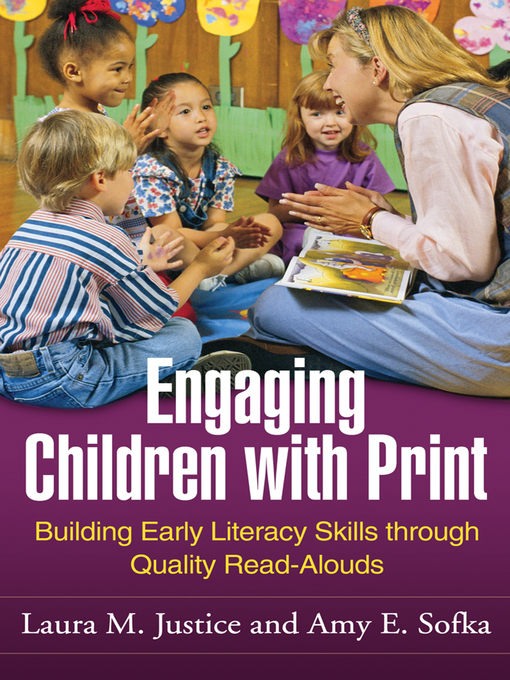
Some educators find it difficult to teach functional literacy. However, if you follow all the pedagogical developments, it becomes more interesting for children to study, and for a teacher to work.
Analysis of meta-subject learning outcomes shows that the emphasis on functional literacy makes children involved in the cognitive process, able to analyze and segment information, draw conclusions and use the data obtained in different educational areas. This naturally improves the performance of the class.
What functional literacy consists of
The concept combines reading, mathematical, scientific, financial and computer literacy, global competencies and creative thinking. It is about applying the acquired knowledge and skills in a versatile practical life.
Example. The student has read the description of natural phenomena, but cannot answer the questions and discuss the situation. This suggests that he has developed only basic reading skills.
Reading functional literacy makes the student able to reason, draw conclusions, simulate the described situations in real life, for example, independently determine the air temperature, cardinal points, wind strength, and predict the level of natural danger.
Reading literacy
The federal state educational standard includes the task of developing the functional literacy of primary and secondary school students. For example, reading literacy is the most important meta-subject learning outcome.
There must be assignments in the lesson where it is impossible to give an unambiguous answer, but you need to reason on the proposed topic. This helps to replenish the accumulated knowledge and achieve certain goals in life, applying them in practice.
Examples. What would you do if you were the main character? Why did the author end the book in this way? What could have happened if the main character had acted differently?
It is important to learn to read between the lines, to be able to find and extract important and secondary information, to notice various relationships and parallels.
Mathematical literacy
A correctly asked question related to practical life will help to form mathematical literacy.
Example. Electric vehicle efficiency problem. Given: the amount of fuel that is required when operating a car with an internal combustion engine, the amount of energy to recharge an electric car, the electricity tariff and the cost of one liter of gasoline. As a result of the decision, the class will see how many years the difference in the cost of maintaining a car with an internal combustion engine and an electric car will reach the cost of the latter, that is, it will fully pay off.
A child with mathematical literacy is able to use knowledge in various contexts, predict phenomena based on mathematical data, calculate actual benefits and make informed decisions.
Science literacy
Tasks for the analysis and comparison of natural phenomena, geographical maps, processes in the environment will help here. To develop competencies in the field of natural sciences, it is important to correctly interpret scientific data, conduct practical research, explain natural phenomena and find existing evidence.
To develop competencies in the field of natural sciences, it is important to correctly interpret scientific data, conduct practical research, explain natural phenomena and find existing evidence.
Example. Analysis of the seismic activity map will help answer the question in which region it will be more comfortable and safer to live. You can offer high school students to calculate the optimal number of storeys of buildings that can be erected in certain seismic and geological conditions.
A student with natural science literacy is able to form an opinion about phenomena and situations related to natural processes.
Global competencies
Another component of functional literacy is global competencies. This is the ability of a student to use knowledge independently or in a group to solve global problems.
Its development is facilitated by tasks for finding cause-and-effect relationships between phenomena, events and natural consequences.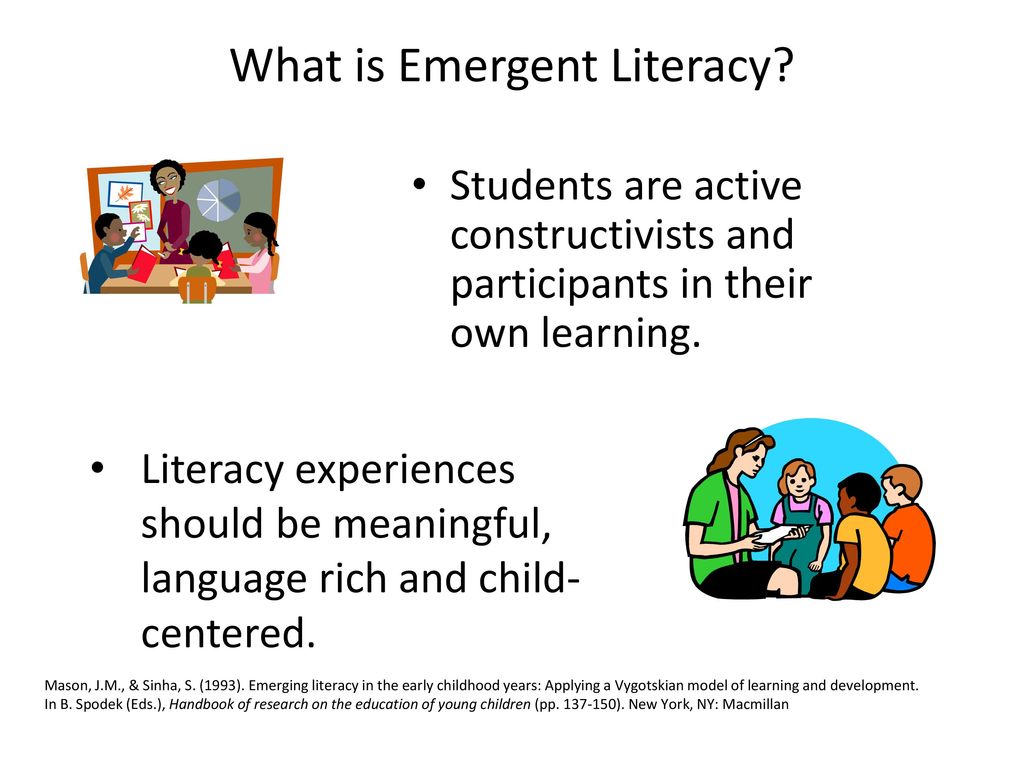 Students are offered to analyze the situation and answer questions in the field of demography, economics, ecology and other global problems.
Students are offered to analyze the situation and answer questions in the field of demography, economics, ecology and other global problems.
The child must be able to manage their behavior, openly perceive new information, be communicative and interact in a group. This component develops analytical and critical thinking, empathy, and the ability to cooperate. Collaborative research helps build respect for other people's opinions and cultures. Modern education offers a completely new level of development of a person who is able to understand and accept the beliefs of other people.
Creative thinking
This includes everything related to creativity in a global sense: the ability to generate your own and improve other people's ideas, offer effective solutions, use fantasy and imagination. The result is a critical analysis of the proposals, which will help to see their strengths and weaknesses.
Collaborative work on a wall newspaper, scheduling lessons and household chores, creating a picture on a current topic or an image of a fantastic animal helps to develop creative thinking.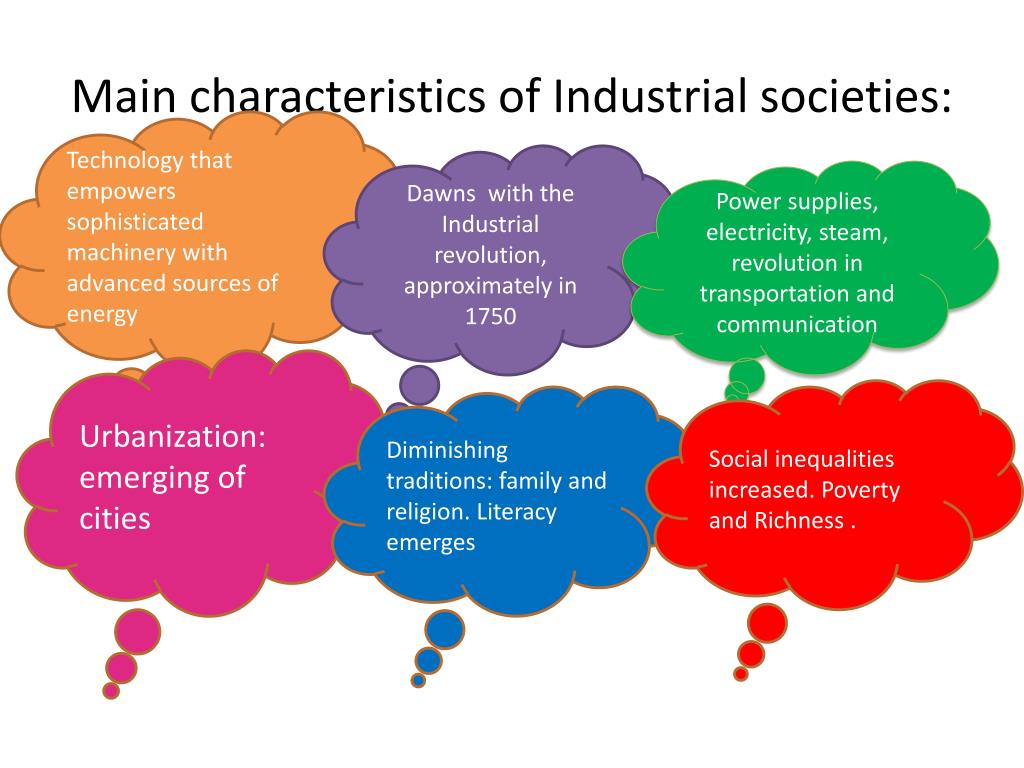
Creative thinking is associated not only with creative activity, but also with deep knowledge of the subject. Creativity inextricably accompanies daily tasks, which, under certain conditions, can be solved faster and easier.
Financial literacy
Financial literacy means that students become familiar with basic concepts and learn to make decisions to improve their own well-being.
In order to master this type of literacy, teachers model situations for students with banking products, money transactions, and other financial market instruments.
Computer literacy
The component related to computer literacy and safety of schoolchildren has become one of the first places in recent years. The skill of interacting with electronic services is required already in elementary school.
Computer literacy consists in the ability to:
- work with information on the Internet, search and analyze data, segment it according to the degree of reliability.
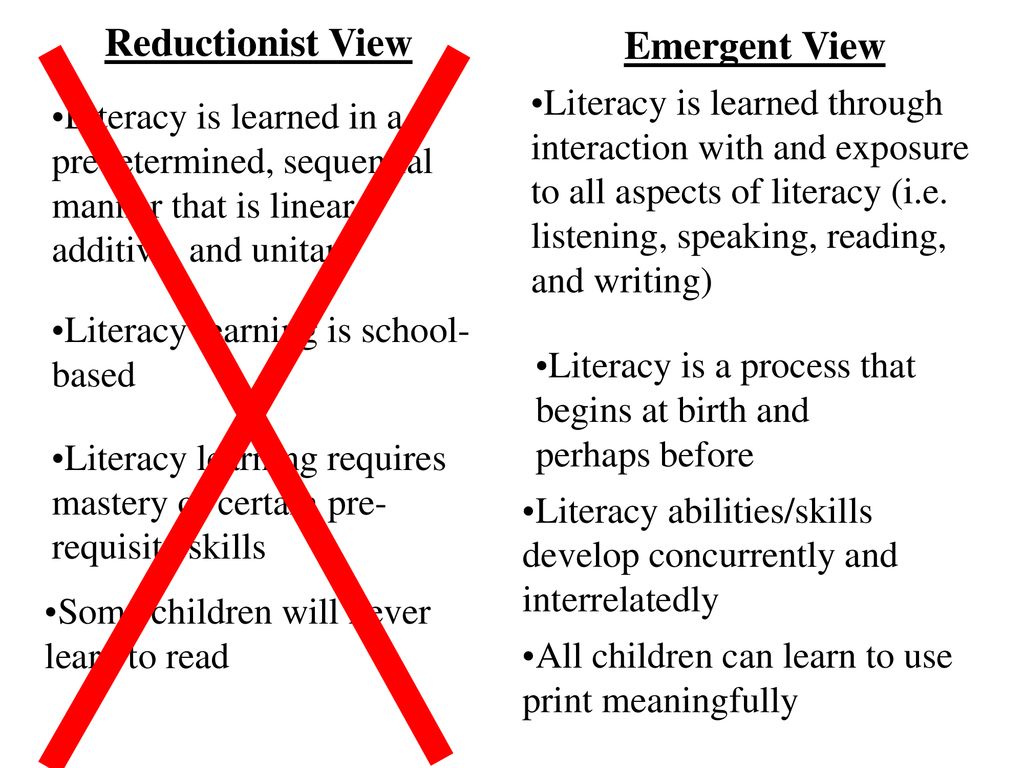
- use electronic services: mail, cloud storage, basic programs;
- know the rules of security and protection of personal information, manage personal accounts in social networks.
Ways to develop functional literacy of schoolchildren
Basic rules
Functional literacy at school
Professional development for teachers. Online test. Certificate
View the program
There are more and more tasks of various types for the development of functional literacy of primary and advanced levels at school. They should be evenly distributed in the educational process throughout the year.
Their main features:
- binding to real situations in which children can imagine themselves;
- compliance with the age of students;
- consistency and interconnection of knowledge and factors.
Formation of functional literacy in elementary school
For the development of functional literacy in younger students, it is important that the tasks correspond to their practical experience.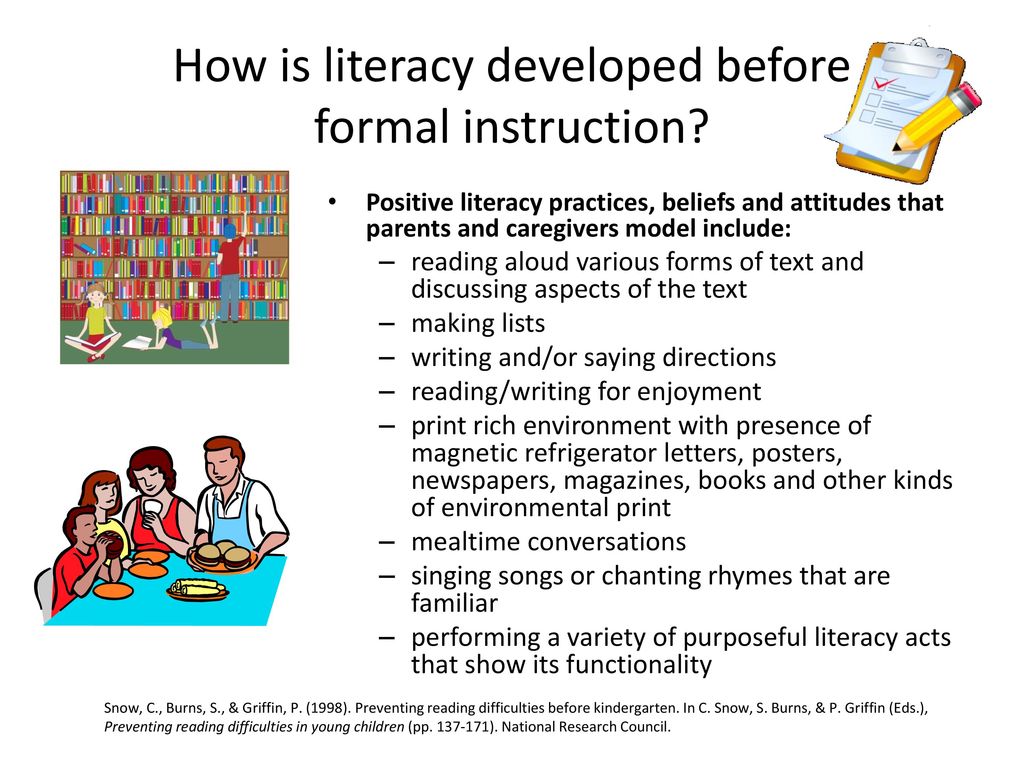 A topic close to children arouses interest and inspires to seek new knowledge. Instead of diggers and turners, it is better to choose the heroes of your favorite cartoons and computer games for setting tasks.
A topic close to children arouses interest and inspires to seek new knowledge. Instead of diggers and turners, it is better to choose the heroes of your favorite cartoons and computer games for setting tasks.
Example. A task that will help you calculate the amount of plastic to make a model of a golden key on a 3D printer. If an exciting master class is held before this task, the children will not be able to tear themselves away from the solution and will certainly offer their own options.
Additional education plays an important role in the formation of functional literacy in primary school. Classes in circles develop creative abilities, creative thinking, computer and reading literacy. Proper synchronization of the work of teachers and metasubject connections will help to quickly develop the necessary competencies.
Formation of functional literacy in basic school
In middle and high school, they offer a gradual increase in the amount of knowledge and the complexity of information analysis. You can talk with children about serious global problems, the causes of world wars and social inequality. The results are also evaluated according to more stringent criteria.
You can talk with children about serious global problems, the causes of world wars and social inequality. The results are also evaluated according to more stringent criteria.
Assignments are given at the intersection of different sciences and interdisciplinary classes, where they simultaneously study history and literature, geography and economics and draw conclusions based on their relationships. Good results are demonstrated by independent and group research work, project activities in natural science and sociological areas.
To develop critical thinking in the main school, they analyze information and learn to identify fake and viral content. Tasks in financial literacy are also becoming more difficult. Children can be offered to build their own financial pyramid and calculate the duration of its existence.
The formation of functional literacy of students is the task of every modern teacher. This is a difficult process, where creativity and creative thinking, the use of innovative forms and teaching methods are required from the teacher himself.

 Turgenev
Turgenev 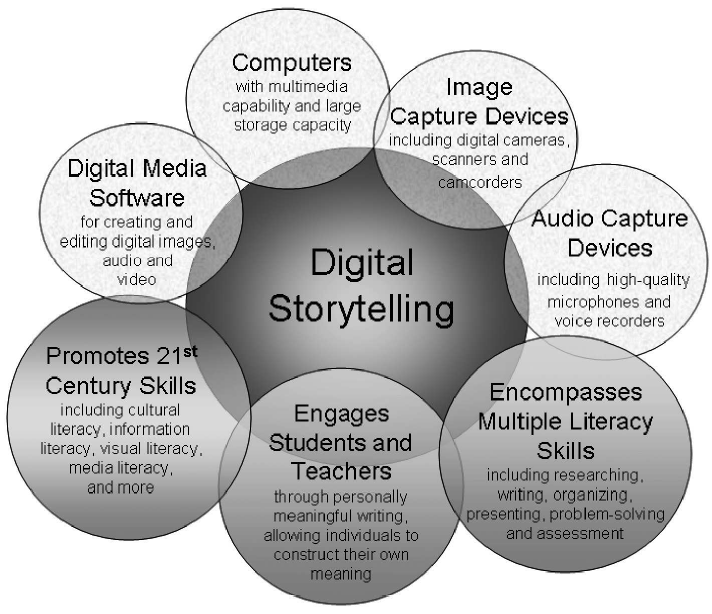
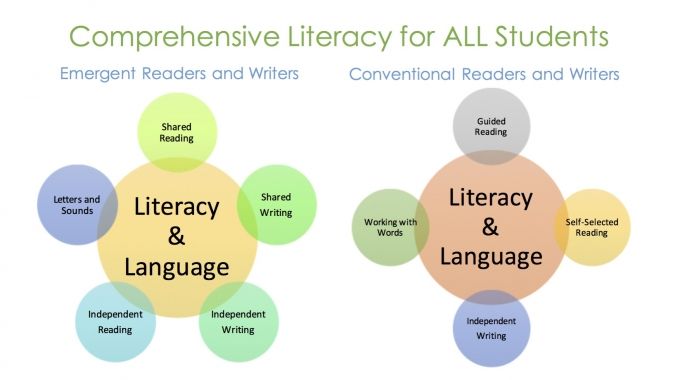 The life of Lilianna Lungina, told by her in Oleg Dorman's film"
The life of Lilianna Lungina, told by her in Oleg Dorman's film" 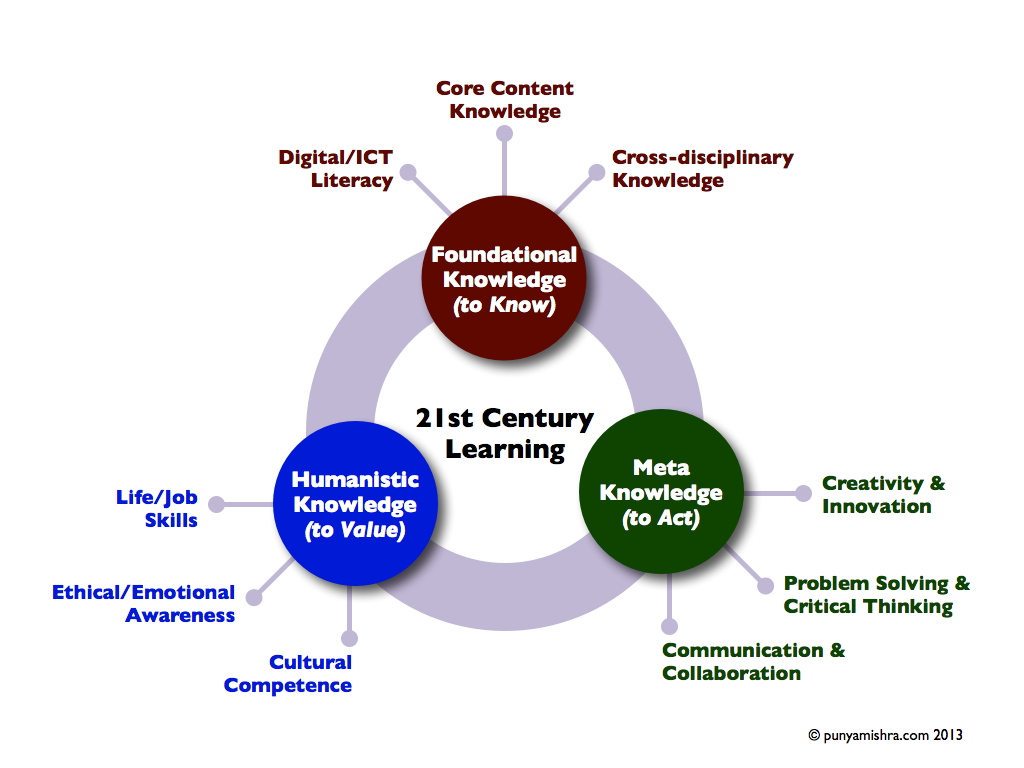 Dostoyevsky
Dostoyevsky 